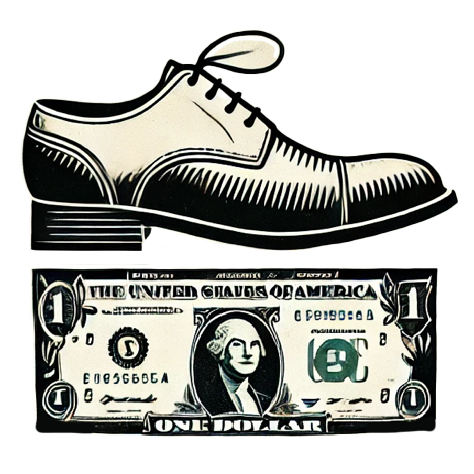As we inch closer to the holiday season, we’re witnessing a disrupted retail landscape with “Christmas creep” taking on a new flavor. Retailers are also pushing to place Christmas merchandise on shelves earlier than ever, all in an effort to maximize their profits. However, looming tariffs on Chinese imports threaten the very essence of timely holiday shopping. Instead of spreading cheer, they could usher in an era of scarcity and inflated prices, much like the Grinch who tried to steal Christmas from the Whos in Whoville.
With President Trump’s tariffs initially hitting Chinese goods at a whopping 34%, and later surging to a staggering 145%, U.S. retailers found themselves caught in a web of uncertainty. Some chose to halt their orders altogether as they sought to navigate this complicated maze of tariffs and trade negotiations. Cameron Johnson, a senior partner at Tidalwave Solutions, voiced concerns about the ramifications of disrupted supply chains, illustrating a reality where just one factory ceasing production could ripple through the entire network, impacting everything from raw material suppliers to final retailers.
Supply Chain Conundrum
The complexity of the supply chain is often underestimated. When a manufacturer stops production, it does not just stave off the assembly of spoons; it sends shockwaves through interconnected industries reliant on that factory’s output. Statelessness in production creates a choke point that can have lasting effects. Johnson’s insights reveal a looming threat: prolonged pauses in orders could leave retailers scrambling as Christmas approaches, unable to fill shelves.
Moreover, as a significant portion of U.S. imports—specifically 36%—is sourced exclusively from mainland China, alternatives are not simply easy to initiate. Serious gaps in the supply chain arise from the fact that specific products, such as electronics, have long lead times and are dependent on meticulous scheduling. This precarious situation leaves little room for error; for instance, orders for electronic components had to be placed months prior to the holiday season if they were to arrive in time.
The fallout from tariffs has also affected the metrics of trading data. Despite a brief uptick in Chinese exports to the U.S., we see a subsequent decline in shipping activity—indicative of the chaos preceding the storm that could ruin everything from Thanksgiving sales to Christmas shopping. Recent statistics indicate a stark rise in shipping cancellations, leading to a panic that echoes through the supply chain like a siren alerting us to impending disaster.
The Thinning of Inventory
As retailers stockpiled inventory throughout the late year, anticipating higher tariffs, the measure proved futile in sustaining ongoing supply. By the time April rolled around, manufacturers reported diminished sales orders from American clients—a trend that very well could mean severe shortages during peak shopping times. When these orders wane, the repercussions could be felt all the way from the factory floor in Guangdong to Washington D.C.
This turmoil poses a larger question: should businesses take the risk of waiting for potential tariff relief, or should they precariously navigate the already damaged waters of supply chain orders? Some industries, like textiles, are presently sitting on production hold, awaiting clarity on tariff statuses before resuming work, while others are hedging their bets by only partially fulfilling orders. The irony lies in the Christmas spirit becoming a victim of economic strategies that prioritize financial safeguarding over consumer satisfaction.
Pitting Profit Margins Against Consumer Demand
Amid this chaos, companies must balance the necessity of inventory against a backdrop of swelling tariffs. Some retailers are opting to resubmit orders to maintain the illusion of stock, even if it means pushing profit margins to a breaking point. The risk of empty shelves dissuades any possibility of consumer loyalty, leaving businesses to scramble for strategies that could undermine their financial health.
There’s a palpable tension in the air, where certain retailers are attempting to play a complicated game with tariffs. As the clock ticks down to essential shipping deadlines, the possibility of resuming production before Christmas remains a ticking time bomb. If factories become overwhelmed with last-minute orders, production costs will surely escalate, risking the very margins businesses are trying to protect.
The uncertainty thus ripples through the community. Christmas is not just a season; it’s the lifeblood of retail economics. With every shift in trade policy, the delicate balance between retail survival and economic viability grows more fragile, giving rise to a dark Christmas scenario—one where the holiday spirit of joy and generosity could be replaced by dismay, frustration, and empty shelves.

